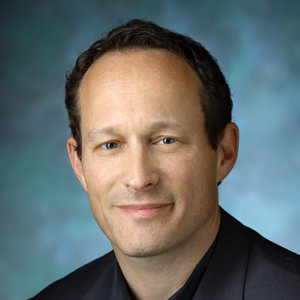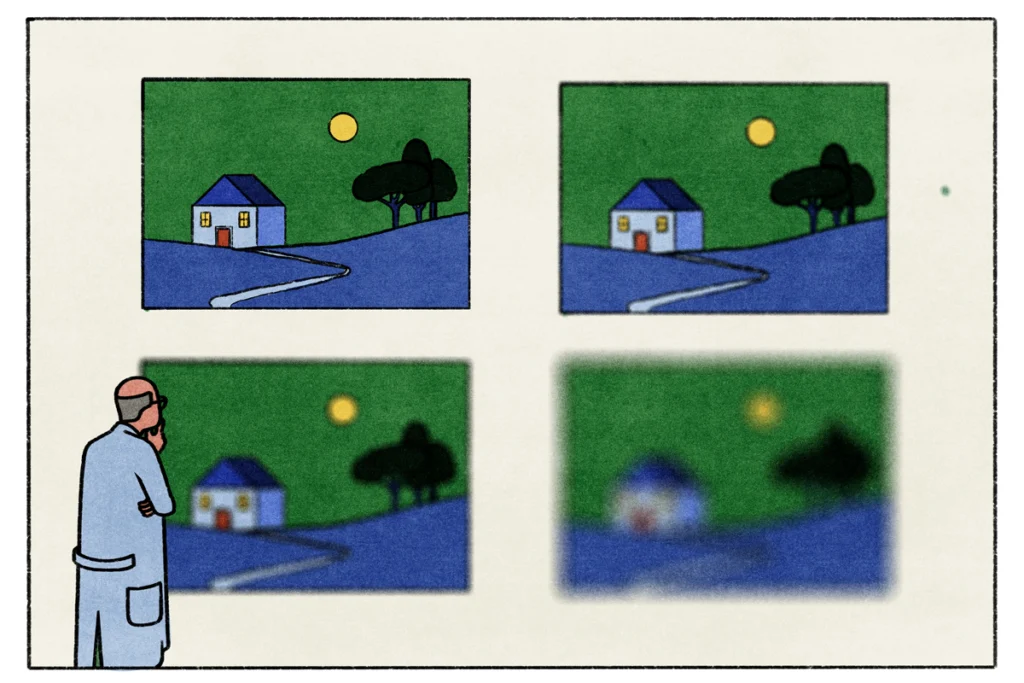John Krakauer is professor of neurology and director of the Center for the Study of Motor Learning and Brain Repair at Johns Hopkins University in Baltimore, Maryland. His clinical interest is stroke, including ischemic cerebrovascular disease, subarachnoid and intracerebral hemorrhage, arteriovenous malformation, cerebral vasculitis, cerebral aneurysm, and venous and sinus thrombosis.
He received his B.A. from Cambridge University and his M.D. from Columbia University College of Physicians and Surgeons, where he was elected to Alpha Omega Alpha Medical Honor Society. After completing an internship in internal medicine at the Johns Hopkins Hospital, he returned to Columbia University for his residency in neurology at the Neurological Institute of New York. He subsequently completed a research fellowship in motor control in the Center of Neurobiology and Behavior at Columbia and a clinical fellowship in stroke at the Neurological Institute at Columbia University Medical Center.




